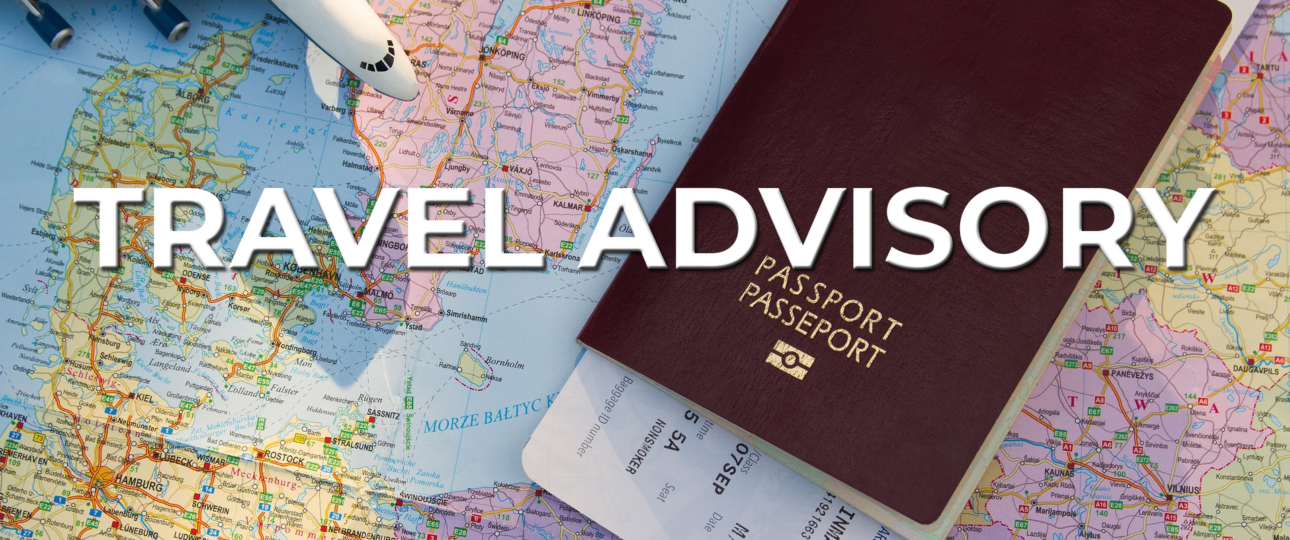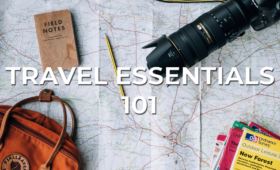Travel advisories and what they should mean to you
Today we live in an interconnected world, borders have opened up and many people have travelled and settled far away from their homeland. Additionally, many people are now working for multinationals that have set up shop in different parts of the world.
Therefore, people are constantly on the move between cities and countries. However, where we may be travelling to may not be the safest place to go to and hence once in a while we hear of travel advisories imposed on different countries.
For starters, a travel advisory contains official information from governments to their citizens that helps to warn them of any unsafe regions where extra safety and precaution is needed. There are 4 levels of travel advisories.
Level 1 – Exercise normal security precautions
This is the lowest level of an advisory and indicates that there are no significant safety or security concerns. However, one is still advised to remain vigilant and exercise typical safety precautions.
Level 2 – Exercise a high degree of caution
This level shows that there are various identifiable safety or security concerns you should be wary of when travelling to a given location. The location may also be volatile and the security situation may shift without notice, so travelers should exercise a high level of caution always.
Level 3 – Avoid non-essential travel
At this level, travel to these areas should be avoided as much as possible, because it puts the traveler at a high risk. Travelers are advised to reconsider their travel plans and opt for safer destinations.
Level 4 – Avoid all travel
Being the highest level of security advisories, it advices that all travel to these locations should be cancelled. This is because the location has an extreme amount of risk and if someone finds himself or herself in such a location, they should vacate as soon as possible.
Before you travel, it is important to enquire from your travel manager if your destination has any travel advisories.




